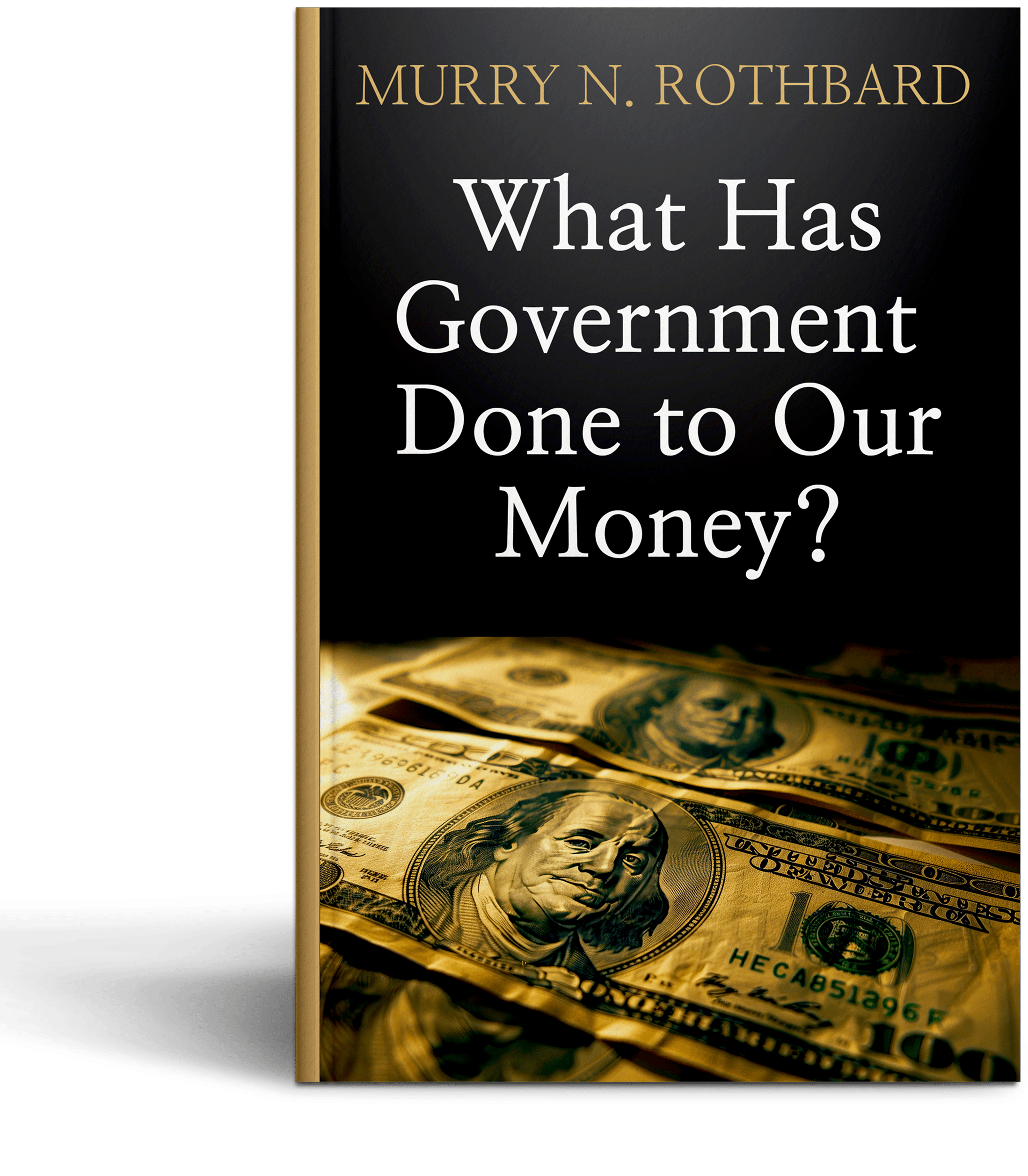If you’ve ever considered investing in physical gold, there’s a good chance you’ve also heard this fear:
“Yeah, but what if the government just confiscates it again like they did in 1933?”
This idea stops a lot of people in their tracks. It’s based on a deep distrust of government—and to be fair, that distrust isn’t always unfounded. But the belief that the U.S. government kicked in doors and took gold from citizens in 1933 isn’t just exaggerated—it’s completely wrong.
Let’s clear up the myth, understand the facts, and explain why 1933 is not a reason to avoid gold today.
1. What Actually Happened in 1933
On April 5, 1933, President Franklin D. Roosevelt issued Executive Order 6102, which required Americans to turn in their gold coins, bullion, and certificates to banks in exchange for paper dollars—$20.67 per ounce to be exact.
Failure to comply carried a steep penalty: up to 10 years in prison or a $10,000 fine (over $200,000 today). It sounded extreme. But here’s the truth:
- There were no home raids.
- There were no government agents seizing gold from private homes.
- There were no mass confiscations.
It was a forced exchange, not a seizure. Americans were required to go to the bank and turn in their gold voluntarily—under legal threat, not physical force. Most complied. Some didn’t. But there were no jackbooted federal squads raiding safe deposit boxes.
2. Why the Government Did It
At the time, the U.S. was still on a form of the gold standard, meaning each paper dollar was backed by a fixed quantity of gold. That created a problem.
The country was deep in the Great Depression. Keynesian economists (like John Maynard Keynes himself) were promoting the idea that if consumption (C), investment (I), and net exports (X) were collapsing, then the government (G) had to step in and spend money to stimulate the economy.
But how could the government spend money it didn’t have? The gold standard made it impossible to “print money” to fund stimulus or relief efforts. So Roosevelt removed gold as legal tender and took steps to sever the dollar’s link to gold.
In short: gold was an obstacle to printing money. So they changed the rules.
3. What About Just Compensation?
The Fifth Amendment of the U.S. Constitution prohibits the government from taking private property without “just compensation.” Executive Order 6102 addressed that directly.
Americans were paid the official gold rate of $20.67 per ounce. And to avoid legal gray areas, the order specifically excluded collector’s coins—those with value above bullion.
Why? Because the government didn’t want bank tellers playing appraiser. If your gold coin had rare historical or collector value (say, it came from a sunken pirate ship), it was excluded from the turn-in requirement.
4. Was It a Dirty Move?
Maybe. Here’s why people feel burned: just one year later, the U.S. revalued gold to $35 per ounce. That instantly devalued the dollar and increased the paper value of gold reserves held by the government—a 41% jump overnight.
So yes, the government “bought low” and then changed the price. That’s why people remember it with such bitterness. But it was still a legal transaction, with monetary justification behind it.
5. Why It Won’t Happen Again
Here’s what you need to know today:
- The U.S. is not on a gold standard.
- The government can already print as many dollars as it wants—and does so daily.
- There’s no monetary reason to seize your gold.
- Most gold ownership today is private and unregistered—unlike digital stocks, bonds, or mutual funds, which are all tracked and reported to the IRS.
There’s also a massive logistical problem: how would the government even know who has physical gold in their home or safe? There’s no central registry. No master list. No army big enough to go door-to-door seizing coins and bars.
If you think the government is coming for your wealth, you should be far more concerned about your digital assets. A few keystrokes can freeze a brokerage account or seize a bank balance. Gold, on the other hand, is private, physical, and hard to trace.
6. Don’t Let Fear Cloud Your Judgment
Some firms use the 1933 story to scare people into buying expensive “collectible” coins under the false premise that they’ll be exempt from a future confiscation. We don’t.
At Cole Metals Group, we believe:
- The government has no need to seize your gold.
- You have a constitutional right to just compensation if they ever tried.
- And if anything were to happen, you’d likely be reimbursed at fair market value—not left empty-handed.
We don’t sell fear. We sell facts. And the fact is: owning gold today protects you from a reckless monetary system that already functions without restraint.
Final Thought
1933 wasn’t a home invasion—it was a policy shift. And while it’s worth understanding, it’s not a reason to avoid protecting your wealth today.
In 2025, the real threat isn’t that your gold will be taken—it’s that your dollar is being devalued right under your nose.


